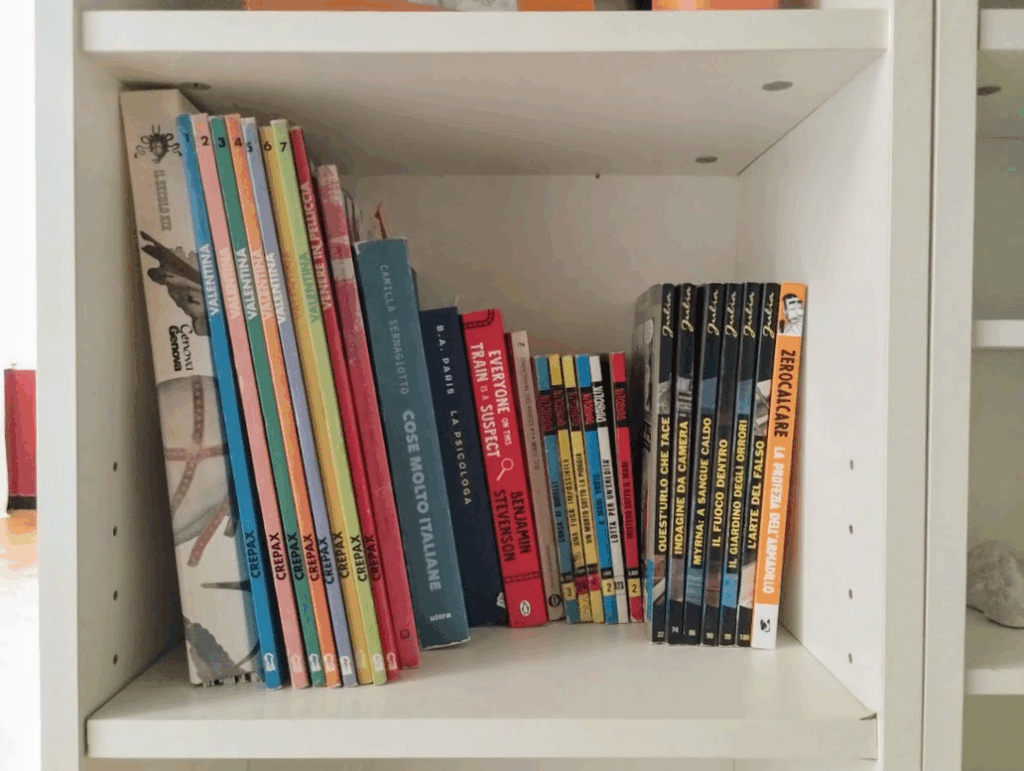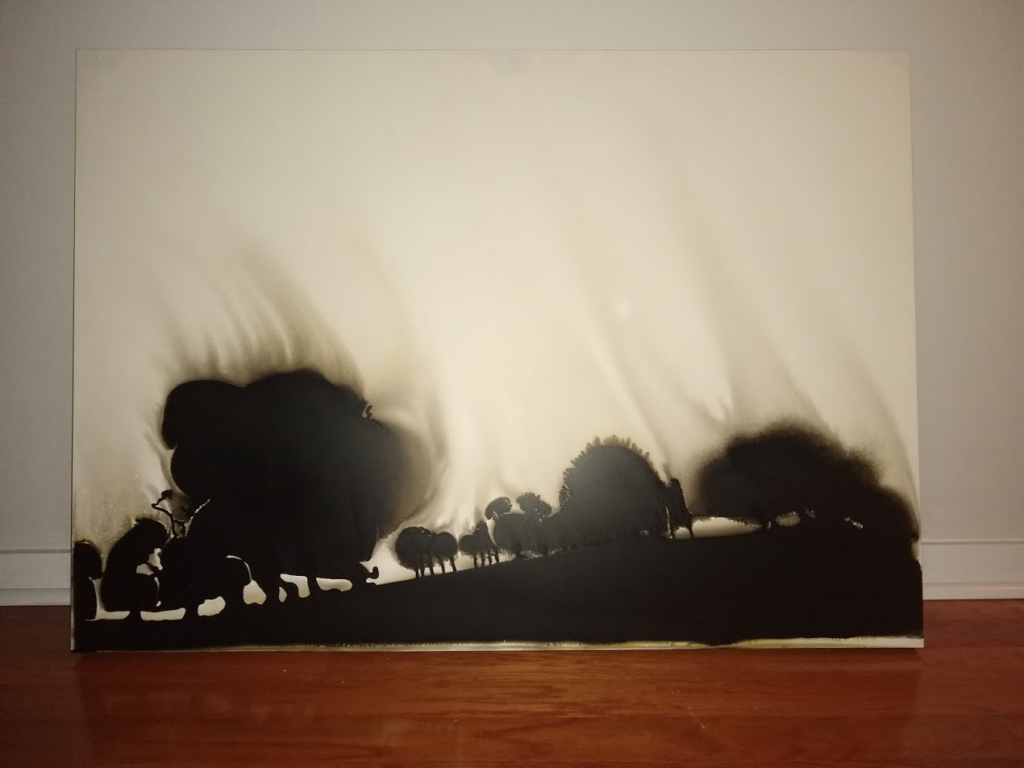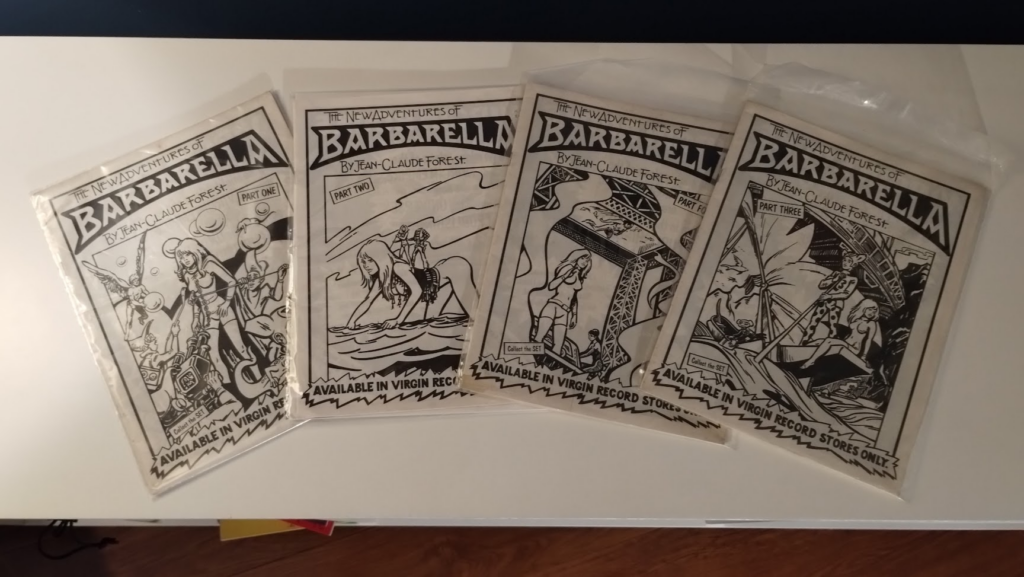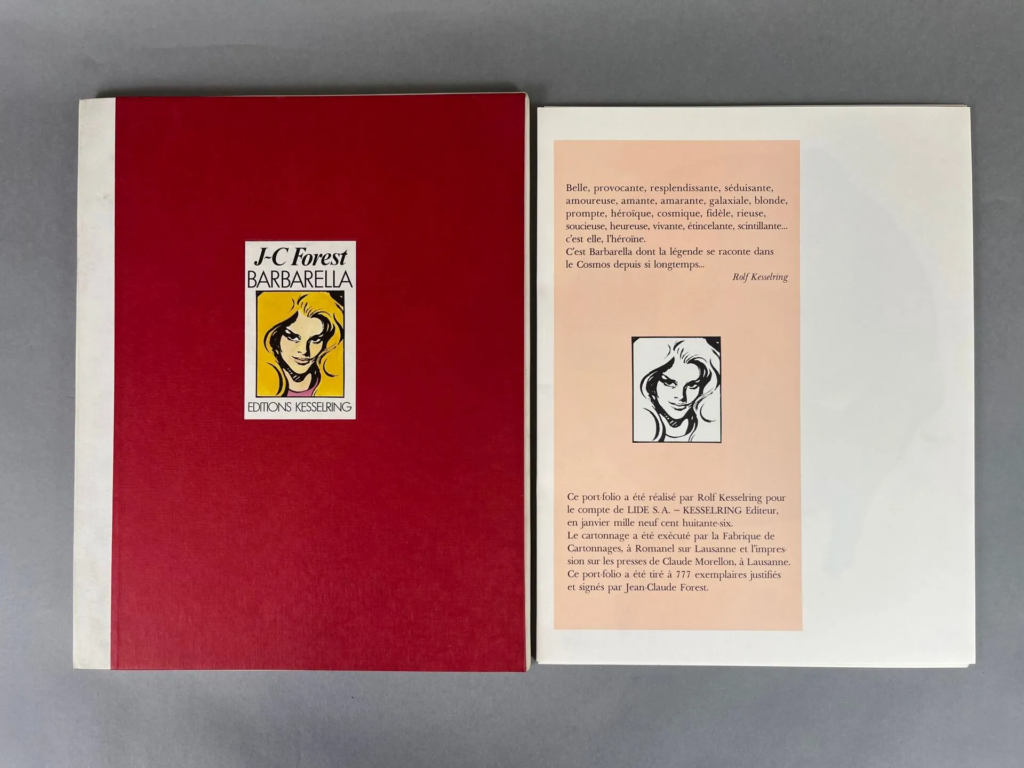Of all the difficulties, the one that surprised me was an inability to understand the amount the cashier says when checking out at a store, restaurant, etc. Numbers are second nature to me when reading or speaking but, as with all of my listening skills, my comprehension is lacking. Hearing “dicianovequarantacinque” isn’t the same as reading €19,45 and intuitively speaking that glob of words in your head. It’s not that much a necessary skill: when was the last time someone mis-charged you at checkout? And at every place except at a caffè I use a credit card where: the cashier says something, I hover my card over the ))) little radar symbol, and finally they shove a long piece of paper at me. Voila, my four bottles of wine are on their way home (I am of course kidding, I don’t have to pay that much for four bottles of wine).
Well it may have taken me a month to get here but I can finally understand. (Me: “I can COUNT!”. Everyone, patting me on the head: “…”).






